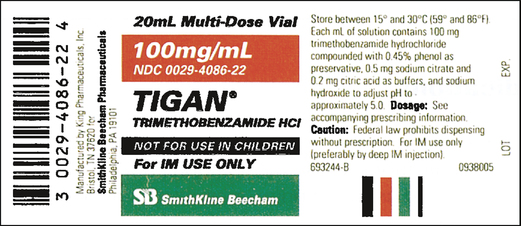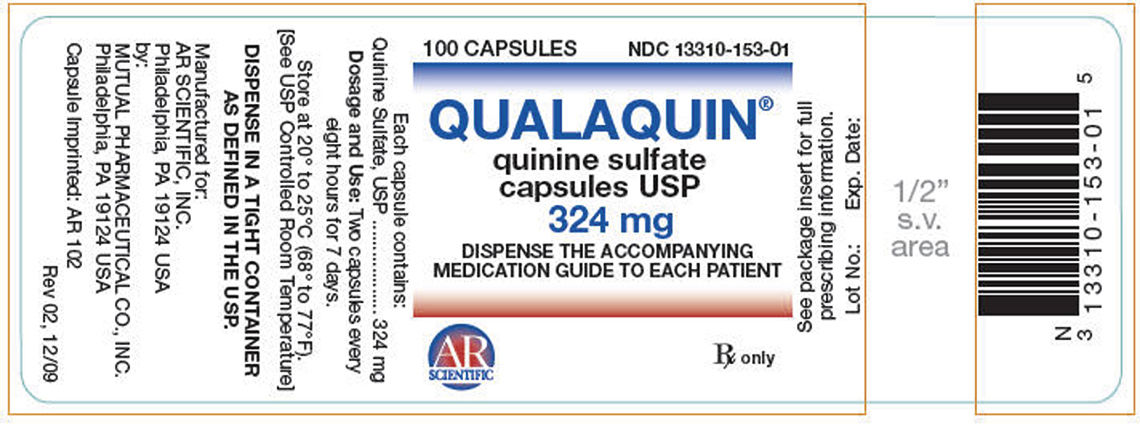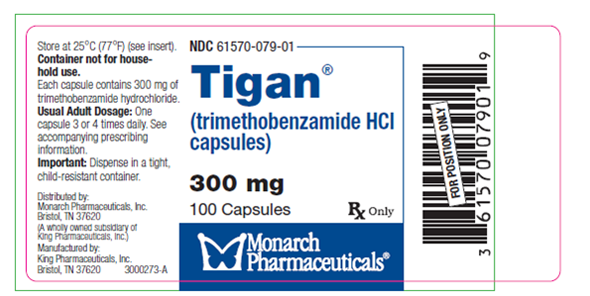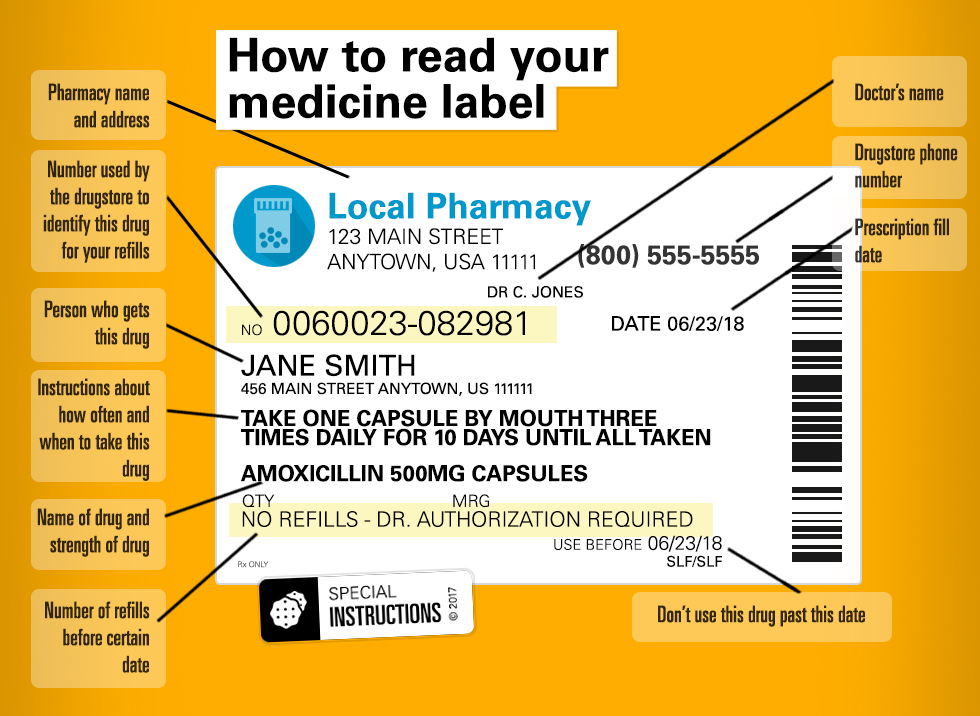45 dosage calculations with labels
PDF Dosage Calculations Syllabus(1)new - Odessa College Chapter 6: Oral medication labels and dosage calculations (CO #1-5) The learner will: 1. Identify scored tablets, unscored tablets, and capsules. 2. Read drug labels to identify trade and generic names. 3. Locate dosage strengths and calculate average dosages. 4. Measure oral solutions using a medicine cup. Chapter 7: Safe medication administration Dose Calculation Dimensional Analysis Factor-Label Method Introduction. Three primary methods for calculation of medication dosages exist, and these include dimensional analysis, ratio proportion, and formula or desired-over-have method. This article explores dimensional analysis in more detail. Dimensional analysis, as the name represents, explores dimensions or units of measurements called factors.
Dosage Calculation Practice_Reading Labels.pdf - Course Hero Ordered dose = 300 mg/kg/day in equal 3 doses Weight of the patient = 172 lb. Convert lb to kg 1 lb = 0.454 kg So Weight of the patient = 172 * 0.454 = 78 kg. Desired dose = 300 * 78 = 23400 mg. Dose in hand = 200 mg. Quantity = 1 ml. As per above formula ml of drug required = 23400/200 * 1 = 117 * 1 = 117 ml in 3 equal doses. So

Dosage calculations with labels
Dose Calculation Dimensional Analysis Factor-Label Method Dose Calculation Dimensional Analysis Factor-Label Method - StatPearls - NCBI Bookshelf. Three primary methods for calculation of medication dosages exist, and these include dimensional analysis, ratio proportion, and formula or desired-over-have method. This article explores dimensional analysis in more detail. Calculating from the labels | Learning Lab Calculating from the labels. This short video is the second of three videos in the Nursing calculations - Finding the volume required section. It explains how to calculate medication dosage from labels using the method of mental calculation and proportinality to get the right dosage for drugs in solution. YouTube. RMIT University Library Videos. Drug Calculations: How To Use Dimensional Analysis Step 3: The desired dose is 0.5 mg. Place information with the same label as the preceding denominator into the equation in the numerator to cancel out the unwanted labels. Repeat this step sequentially until all unwanted labels are canceled out. Step 4. Multiply numbers across the numerator, then multiply all the numbers across the denominator.
Dosage calculations with labels. How to Read a Medication Label Nursing Quiz - Registered Nurse RN OR look at it this way: The bottle says there are 7 grams of this medication in the bottle and each dose is 350 mg. When you convert 7 grams to mg, you get 7,000 mg. Divide 7,000 by 350 mg and this give you 20 doses. 12. On the medication label, USP can be found after the medication name. Dosage Calculations the Easy Way! - Straight A Nursing Everything except for tablets is crossed out, so we know we are ready to do some math. 1) Multiply across the top: 650 x 1. 2) Then divide across the bottom: ÷ 325. What answer did you get? Let's do one more easy one…. For this calculation, let's assume midazolam comes in 5 mg tablets. Dose Calculation Desired Over Have Formula Method - StatPearls - NCBI ... 1 pint = 2 cups 12 inches = 1 foot 1 L = 1.057 qt 1 lb = 16 oz 1 tbsp = 3 tsp 60 minute = 1 hour 1 cc = 1 mL 2 pints = 1 qt 8 oz = 240 mL = 1 glass 1 tsp = 60 gtt 1 pt = 500 mL = 16 oz 1 oz = 30 mL 4 oz = 120 mL (Casey, 2018) Technique There are 3 primary methods for the calculation of medication dosages, as referenced above. Drug Calculations Involving Reading Drug Labels, Part 1 - YouTube Practice performing drug dosage problems that require the use and understanding of drug labels to solve. Problem 1.) Determine the milliliters of Augmentin ...
Medical Dosage Calculations For Dummies Cheat Sheet Common conversion factors in medical dosage calculations. As a healthcare professional, you have to convert patient weights, fluid volumes, medication weights, and more. Conversion math isn't hard to do as long as you know the basic conversion factors. Here are the most useful ones: Converting lb to kg and kg to lb. lb = kg × 2.2. kg = lb ÷ 2.2 PDF Preparing for the Drug Dosage Calculation Competency Exam BSN ... 14. 1500 hrs 15. 0.68 mL 16. Dosage range calculated = 528 - 1056 mg/day; provider order = 375 mg/day so provider order is too low 17. 7.4 mL/hr (if instructed to round to nearest whole number the answer = 7) 18. 160 mg/hr 19. 2 mL over 2 minutes = 1 mL/min 20. 5 mL over 2 minutes = 2.5 mL/min Delmar Cengage Learning Companions - Math for Meds, Dosages and Solutions SECTION 3: READING MEDICATION LABELS AND SYRINGE CALIBRATIONS; Chapter 6: Oral Medication Labels and Dosage Calculation / 54; Chapter 7: Safe Medication Administration / 77; Chapter 8: Hypodermic Syringe Measurement / 89; Chapter 9: Parenteral Medication Labels and Dosage Calculation / 104; Chapter 10: Reconstitution of Powdered Drugs / 126 Pharmacy Dosage Calculations - Pharmacy Tech Review First, note that both grams and milligrams are used in the problem so we need to do a measurement conversion. There are 1,000 milligrams per gram. The first ratio is one dose per 20mg so ¹⁄₂₀. The second ratio contains an unknown so initially it is ˣ⁄₁₀₀₀. Set these two ratios in a proportion. Dosage Proportion With Unknown.
Dosage Calculation Resources - Calhoun Community College First attempt—week of September 12-15, 2022. Option A: In person (paper exam) Thursday, September 15, 2022. 5:00 pm to 7:00 pm. Room 105, Health Sciences Building. Decatur Campus. Option B: In the Testing Center (computer exam) Sept 12 - 15, 2022 at your convenience for $13.50. Locations at Decatur and Huntsville Campuses. Drug Dosage Calculations | How-to-guide + Quiz | KnowledgeDose Drug Dosage Calculation Formulas. To calculate the number of tablets, use the following formula: Strength required / Stock strength = Number of tablet(s) required. Or another way this drug dosage formula can be expressed is: What you want / What you've got = Number of tablet(s) required. To calculate the volume dose for liquid medicine, use this formula: (Strength required / Stock strength) × Stock volume = Volume dose required Dosage Calculator - How to Calculate Dosage? Dosage calculation formulas. If you want to calculate the dose of a medication, you need to use the following equation: dose = weight * dosage. where: weight — Patient's weight, expressed in kg or lb. It is very important that you input an accurate result; dosage — Prescribed amount of drug in mg per kg of body weight. Lecture 3: Reading Medication Labels and Basic Dosage Calculations Oral Medications . Many medicines are given by mouth. The abbreviation for medication to be given by mouth is p.o., which is an abbreviation of the Latin phrase "per os," meaning
Dosage (Drug) Calculations Nursing Review- COMPREHENSIVE This is a comprehensive dosage calculation review for nursing students. In this review we will start by working basic metric conversions and then progress to solving more complex dosage calculations. You will learn how to work the following drug calculation problems: Conversions. Oral Liquid Medications. Capsules and Tablets.
Nursing Math - Parenteral Injectable Drug Dosage Calculator X (amount)= 10 milliliter. Other Units: X (amount)= 0.01 liter. X (amount)= 2.0288413621106 teaspoon (US) X (amount)= 0.67628045403457 tablespoon (US) Step By Step Solution: Step 1: Convert input to common units. D (desired) Dose. = 500 milligram = 500 milligram. H (have) Dose.
Lecture 3: Reading Medication Labels and Basic Dosage Calculations Every tenth of a mLis marked on the syringe, and every half mL is labeled; this means that any dosage we plan to measure using a 3 mL syringe should be rounded to the nearest tenth. Dosages between 1-3 mLshould always be measured in a 3 mL syringe.
Dosage Calculation - Label Reading | Other - Quizizz Play this game to review Other. What is the dosage strength? Preview this quiz on Quizizz. Quiz. Dosage Calculation - Label Reading. DRAFT. 10th - University. Played 414 times. 72% average accuracy. Other, Life Skills. 6 months ago by. shelley_dinkens_86955. 3. Save. Edit. Edit. Dosage Calculation - Label Reading DRAFT. 6 months ago by. shelley ...
Clinical Calculations: Module 6: Divided Doses and Reconstituted ... 400 mg = 1 ml (from the reconstitution directions on the label) You do not use the 1.8 ml of diluent added in your calculations, but you need this information to find the 400 mg per ml after reconstitution from the drug label. Equation for the dose in ml: Please notice: One day = 24 hours. Every 8 hours = 3 doses per day
Drug Calculations Practice NCLEX Questions (100+ Items) - Nurseslabs The commonly used formula for calculating drug dosages. Where in: D = Desired dose or dose ordered by the primary care provider. H = dose on hand or dose on the label of bottle, vial, ampule. V = vehicle or the form in which the drug comes (i.e., tablet or liquid). STANDARD FORMULA
Dosage Calculation Reading Drug Labels - StuDocu Dosage Calculation: Reading Drug Labels Chapter 11. Tarleton State University NURS 3310 Dr. Mary B. Winton. Reading Drug Labels. a. Brand/trade name b. Generic name c. Formulation d. Dosage strength e. Route f. Need prescription or Over -the-counter. Reading Drug Labels and Reconstitution. a. Generic name b. Brand/trade name c. Formulation d ...
PDF Dosage Calculations Cheat Sheet - NursingSOS Dosage Calculations Cheat Sheet LEGAL DISCLAIMER: This cheat sheet is intended for educational purposes only. This is not medical advice and errors may occur. Never treat a patient or make a nursing or medical decision based solely on the information provided in this video. Never practice nursing or medicine unless you have a proper license to ...
Dosage Calculations: NCLEX-RN || RegisteredNursing.org Calculating Oral Medication Dosages Using Ratio and Proportion. Here is an example of how to calculate oral medication dosage using ratio and proportion: Doctor's order: 125 mg of medication once a day. Medication label: 1 tablet = 250 mg. How many tablets should be administered daily?
Nursing Pharmacology: Dosage and Calculations Practice Test The medication label reads "1,200,000 units per 2 mL." The nurse has determined that the dose prescribed is safe. The nurse administers how many milliliters per dose to the child? a. 0.8 mL b. 1.2 mL c. 1.4 mL d. 1.7 mL 19. Atropine sulfate, 0.6 mg intramuscularly, is prescribed for a child preoperatively.
Oral Drug Dosage Calculator - Liquid Solution Syrup X (amount)= 10 milliliter. Other Units: X (amount)= 0.01 liter. X (amount)= 2.0288413621106 teaspoon (US) X (amount)= 0.67628045403457 tablespoon (US) Step By Step Solution: Step 1: Convert input to common units. D (desired) Dose. = 500 milligram = 500 milligram. H (have) Dose.
Drug Calculations: How To Use Dimensional Analysis Step 3: The desired dose is 0.5 mg. Place information with the same label as the preceding denominator into the equation in the numerator to cancel out the unwanted labels. Repeat this step sequentially until all unwanted labels are canceled out. Step 4. Multiply numbers across the numerator, then multiply all the numbers across the denominator.
Calculating from the labels | Learning Lab Calculating from the labels. This short video is the second of three videos in the Nursing calculations - Finding the volume required section. It explains how to calculate medication dosage from labels using the method of mental calculation and proportinality to get the right dosage for drugs in solution. YouTube. RMIT University Library Videos.
Dose Calculation Dimensional Analysis Factor-Label Method Dose Calculation Dimensional Analysis Factor-Label Method - StatPearls - NCBI Bookshelf. Three primary methods for calculation of medication dosages exist, and these include dimensional analysis, ratio proportion, and formula or desired-over-have method. This article explores dimensional analysis in more detail.













Post a Comment for "45 dosage calculations with labels"